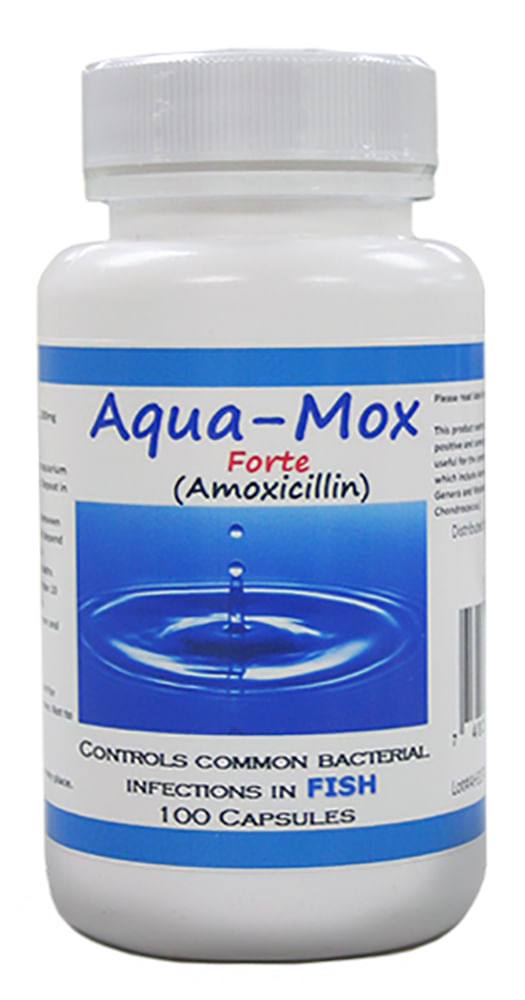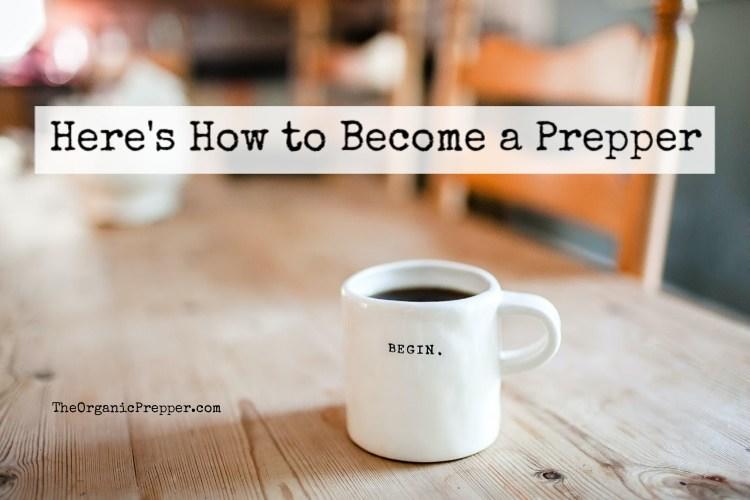Meemur
Voice on the Prairie / FJB!
Chickens can be named Monday Dinner, Wednesday Dinner . . .Hamburger or steak is what we named the steer we were going to butcher.
Chickens can be named Monday Dinner, Wednesday Dinner . . .Hamburger or steak is what we named the steer we were going to butcher.
It may sound frivolous, but I still say stocking basic toiletries and maybe a little makeup or chapstick is s good idea. Even in the worst of times people, especially women, can make a miserable day feel better just by fixing up a bit.
Soap, shampoos, plus basic “feel goods”.
Pence...British storeWhere is that picture in the OP from? That's not "dollars" or "cents" the prices are listed in.
If you want it or use it, get it and get it in triplicate.
Not everyone wears makeup, I wear a moderate amount.Puttin on makeup makes me miserable.
Please keep in mind that make-up and most beauty products do have expiration dates, including some anti-bacterial soaps, toothpaste, etc.....It may sound frivolous, but I still say stocking basic toiletries and maybe a little makeup or chapstick is s good idea. Even in the worst of times people, especially women, can make a miserable day feel better just by fixing up a bit.
Soap, shampoos, plus basic “feel goods”.
What is fish antibiotics? Is that for people too?Just checked my stock of fish antibiotics. I know antibiotics aren't for virus stuff, but you never know when a regular infection may sneak up on you.

Oh yes!Just checked my stock of fish antibiotics. I know antibiotics aren't for virus stuff, but you never know when a regular infection may sneak up on you.
Chickens pass through our lives like leaves in the wind...Chickens can be named Monday Dinner, Wednesday Dinner . . .
Anyone here know how to breed and raise lightning bugs?


I don't like makeup, either. A little light moisturizer or a touch of sunblock is fine. My skin is still decent, although a little dry at times. My summer coloring looks like I'm wearing foundation and blush.
Or call them, "Fricassee", "Teriyaki", and "Florentine".Chickens can be named Monday Dinner, Wednesday Dinner . . .
Here's my problem: I'm not sure whether to plan for another year of working at home or commuting. I suppose that I can forego any new clothes and just altar what I have, although I may buy at least two more pairs of heavy blue jeans when they become available.
Close neighbors and zoning prevent this option for many people. Every local source of protein lessens the strain on the local supply chain, imo.
Getting attached to Charlotte is another issue for those not immune to such emotion.
BTW, there should be no illusion of any savings associated with a venture like this. There is some value to a "bird in the hand" whatever the cost.
Attached or not...."Charlotte" was pretty tasty....but you're right, there is no savings in raising yer own.....though if you had yer own cold room & mad knife skillz......well then YOU could be THE BUTCHER !!
Again, the homestead snobs make an appearance.
The list is in no particular order. some items will run out faster than others.Time to resurrect the list of “100 things that will disappear first” that’s been posted here.
1. Generators(Good ones cost dearly. Gas storage, risky. Noisy…target of thieves; maintenance etc.)
2. Water Filters/Purifiers
3. Portable Toilets
4. Seasoned Firewood. Wood takes about 6 – 12 months to become dried, for home uses.
5. Lamp Oil, Wicks, Oil Lamps (First Choice: Buy CLEAR oil. If scarce, stockpile ANY!)
6. Coleman Fuel. Impossible to stockpile too much.
7. Guns, Ammunition, Pepper Spray, Knives, Clubs, Bats & Slingshots.
8. Can openers, & hand egg beaters, whisks, kitchen utensils.
9. Honey/Syrups/white, brown sugar
10. Rice – Beans – Wheat
11. Vegetable Oil (for cooking) Without it food burns/must be boiled etc.,)
12. Charcoal, Lighter Fluid (Will become scarce suddenly)
13. Water Containers (Urgent Item to obtain.) Any size. Small: HARD CLEAR PLASTIC ONLY – note – food grade if for drinking.
16. Propane Cylinders(Urgent: Definite shortages will occur.)
17. Survival Guide Book.
18. Mantles: Aladdin, Coleman, etc. (Without this item, longer-term lighting is difficult.)
19. Baby Supplies: Diapers/formula. ointments/aspirin, etc.
20. Washboards, Mop Bucket w/wringer (for Laundry)
21. Cook Stoves(Propane, Coleman & Kerosene)
22. Vitamins
23. Propane Cylinders and Handle-Holders (Urgent: Small canister use is dangerous without this item)
24. Feminine Hygiene/Haircare/Skin products.
25. Thermal underwear (Tops & Bottoms)
26. Bow saws, axes and hatchets, Wedges (also, honing oil)
27. Aluminum Foil Reg. & Heavy Duty (Great Cooking and Barter Item)
28. Gasoline Containers (Plastic & Metal)
29. Garbage Bags (Impossible To Have Too Many).
30. Toilet Paper, Kleenex, Paper Towels
31. Milk – Powdered & Condensed (Shake Liquid every 3 to 4 months)
32. Garden Seeds (Non-Hybrid) (A MUST)
33. Clothes pins/line/hangers (A MUST)
34. Coleman’s Pump Repair Kit
35. Tuna Fish (in oil)
36. Fire Extinguishers(or..large box of Baking Soda in every room)
37. First aid kits
38. Batteries (all sizes…buy furthest-out for Expiration Dates)
39. Garlic, spices & vinegar, baking supplies
40. Big Dogs (and plenty of dog food)
41. Flour, yeast & salt
42. Matches. (“Strike Anywhere” preferred.) Boxed, wooden matches will go first
43. Writing paper/pads/pencils, solar calculators
44. Insulated ice chests (good for keeping items from freezing in Wintertime.)
45. Heavy Duty Work Boots, belts, Levis & durable shirts
46. Flashlights/LIGHTSTICKS & torches, “No. 76 Dietz” Lanterns
47. Journals, Diaries & Scrapbooks (jot down ideas, feelings, experience; Historic Times)
48. Garbage cans Plastic (great for storage, water, transporting – if with wheels)
49. Men’s Hygiene: Shampoo, Toothbrush/paste, Mouthwash/floss, nail clippers, etc
50. Cast iron cookware (sturdy, efficient)
51. Fishing supplies/tools
52. Mosquito coils/repellent, sprays/creams
53. Duct Tape
54. Tarps/stakes/twine/nails/rope/spikes
55. Candles
56. Laundry Detergent (liquid)
57. Backpacks, Duffel Bags
58. Garden tools & supplies
59. Scissors, fabrics & sewing supplies
60. Canned Fruits, Veggies, Soups, stews, etc.
61. Bleach (plain, NOT scented: 4 to 6% sodium hypochlorite)
62. Canning supplies, (Jars/lids/wax)
63. Knives & Sharpening tools: files, stones, steel
64. Bicycles…Tires/tubes/pumps/chains, etc
65. Sleeping Bags& blankets/pillows/mats
66. Carbon Monoxide Alarm (battery powered)
67. Board Games, Cards, Dice
68. d-con Rat poison, MOUSE PRUFE II, Roach Killer
69. Mousetraps, Ant traps & cockroach magnets
70. Paper plates/cups/utensils (stock up, folks)
71. Baby wipes, oils, waterless & Antibacterial soap (saves a lot of water)
72. Rain gear, rubberized boots, etc.
73. Shaving supplies (razors & creams, talc, after shave)
74. Hand pumps & siphons (for water and for fuels)
75. Soysauce, vinegar, bullions/gravy/soupbase
76. Reading glasses
77. Chocolate/Cocoa/Tang/Punch (water enhancers)
78. “Survival-in-a-Can”
79. Woolen clothing: socks, scarves/ear-muffs/mittens
80. Boy Scout Handbook, / also Leaders Catalog
81. Roll-on Window Insulation Kit (MANCO)
82. Graham crackers, saltines, pretzels, Trail mix/Jerky
83. Popcorn, Peanut Butter, Nuts
84. Socks, Underwear, T-shirts, etc. (extras)
85. Lumber (all types)
86. Wagons & utility carts (for transport to and from)
87. Cots & Inflatable mattress’s
88. Gloves: Work/warming/gardening, etc.
89. Lantern Hangers
90. Screen Patches, glue, nails, screws, nuts & bolts
91. Teas
92. Coffee
93. Cigarettes
94. Wine/Liquors (for bribes, medicinal, etc,)
95. Paraffin Wax
96. Chickens
97. Chewing gum/candies
98. Atomizers (for cooling/bathing)
99. Hats & cotton neckerchiefs
100. Livestock

These 100 Items Disappear First During A National Crisis - Prepared Survivalist
Liked This Post? Share It With Your Friends! When disaster strikes you have to be prepared. This is why we are always on the lookout for survival essentials that we can store in case SHTF. But what items do we need to store exactly? The following list has 100 items that will run out quickly […] Morewww.preparedsurvivalist.org
Clothespins. Ones they are selling in the stores are kind of flimsy
My go to town/Sunday clothes are exactly the same clothes. However, since I don't wear them as much, I keep them separate and they don't fade as much, and they go to the cleaners to be starched and pressed. I do mix in some 5.11 and some Truspec. Then are hung in the closet.
I ran an experiment with the temp in the teens and the sun oven set up in a couple feet of snow. It was slower than a regular oven for sure but it worked which is all that mattered.Another post apocalyptic cooking option is a sun oven. I enjoy mine and it even works in the winter as long as the sun is out. Lots of patterns online to make sun ovens if affording one isn't an option.
I had a rumford fireplace that had a crane in my old house and so I experimented cooking in it, even baking bread. Just make sure you have either cast iron or stoneware pots. Earthenware will not hold up to the direct fire heat or banking it in coals, nor will some of the regular kinds of pots you put on your stove.If things get really bad it's to late for many to get into this as there just to much to be done. For many here that already have a stock built up your just reenforcing your preps or filling the holes as it were.
The heating of home and cooking of food that has been brought up a few times here the K-1 and Propane well work for a limited time as the amount of these fuels it takes to heat a home for say a year may come as a shock to many and cannot store that much.
Heating with a fireplace or wood stove gets into a good deal of work and a fire place will use a cord of firewood every week, whereas a wood stove a cord should last close to a month. Using a fireplace for cooking is not that big a deal but you will have to split and cut a lot of wood into smaller bits to work with say ten to six inch long and inch and half wide and your using the embers to cook with.
Now for cooking with propane 200 pounds with a two burner camping stove it should last way more than a year and probably close to two years unless your using it to do a lot of canning.
Using K-1 for lighting with common flat wick lamps I'm guessing 10 gallons a year and your wanting K-1 that is clear or water white and if it look dark it close to the color of N0#2 heating oil pass on it and keep looking for better fuel.
I can go on and on here.
I really like my Sun Oven. Safecastle on this site has a good price on them(its where I got mine).Another post apocalyptic cooking option is a sun oven. I enjoy mine and it even works in the winter as long as the sun is out. Lots of patterns online to make sun ovens if affording one isn't an option.
One of the things that was in abundance back in the day (before we went all techy as a society) was pigs (probably the reason we have so many feral hogs now).
